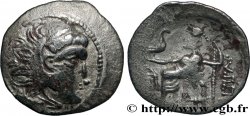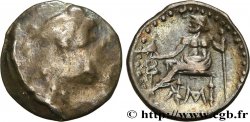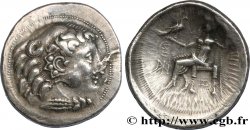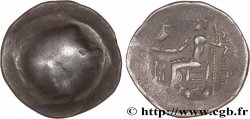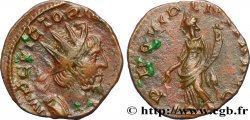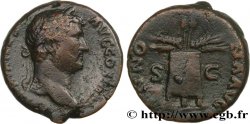E-auction 331-246332 - bga_546717 - DANUBIAN CELTS - TETRADRACHMS IMITATIONS OF ALEXANDER III AND HIS SUCCESSORS Tétradrachme, imitation du type de Philippe III
得先注册又得到批准才可以报价。为了报价注册. 客户应该得到公司允许,那种过程需要 48 个小时。别等出售结束那一天才登记。您报价的话等于您赞成买那物品,而且按« 保价 » 证明您接受 cgb.fr 因特网拍卖使用法.
报价时只可以出全数值欧元总额。物品描述也说明销售结束时间,结束后出价都不会生效。 报价命令转达有时变动,等到最后秒钟增加否决的可能会。想多了解的话请注意 因特网拍卖常问
购货人不付费
购货人不付费
| 估算 : | 120 € |
| 价格 : | 62 € |
| 最高出价 : | 75 € |
| 拍卖结束日期 : | 19 August 2019 14:04:00 |
| 竞拍人 : | 9 竞拍人 |
种类 Tétradrachme, imitation du type de Philippe III
日期: c. IIe siècle AC.
材质 silver
直径 29 mm
模子方针 1 h.
重量 15,81 g.
稀少度 R1
关于品相的说明
Flan très large avec un portrait identifiable et un revers presque lisse. Frappe molle ou coins usés. Patine grise
出版目录中的项代码 :
正面
正面的文字 ANÉPIGRAPHE.
正面的说明书 Restes de la tête imberbe d’Héraklès à droite, coiffé de la léonté.
背面
背面的文字 LÉGENDE ILLISIBLE.
背面的说明书 Zeus assis à gauche, tenant un aigle de la main droite et un sceptre long de la main gauche ; monogramme dans le champ à gauche et sous le trône.
评论
Ces monnaies dégénèrent jusqu’à ce que le droit ne soit plus du tout identifiable, laissant la place à une masse en relief, sans aucun motif.
These coins degenerate until the right is no longer identifiable at all, giving way to a mass in relief, without any pattern.
These coins degenerate until the right is no longer identifiable at all, giving way to a mass in relief, without any pattern.







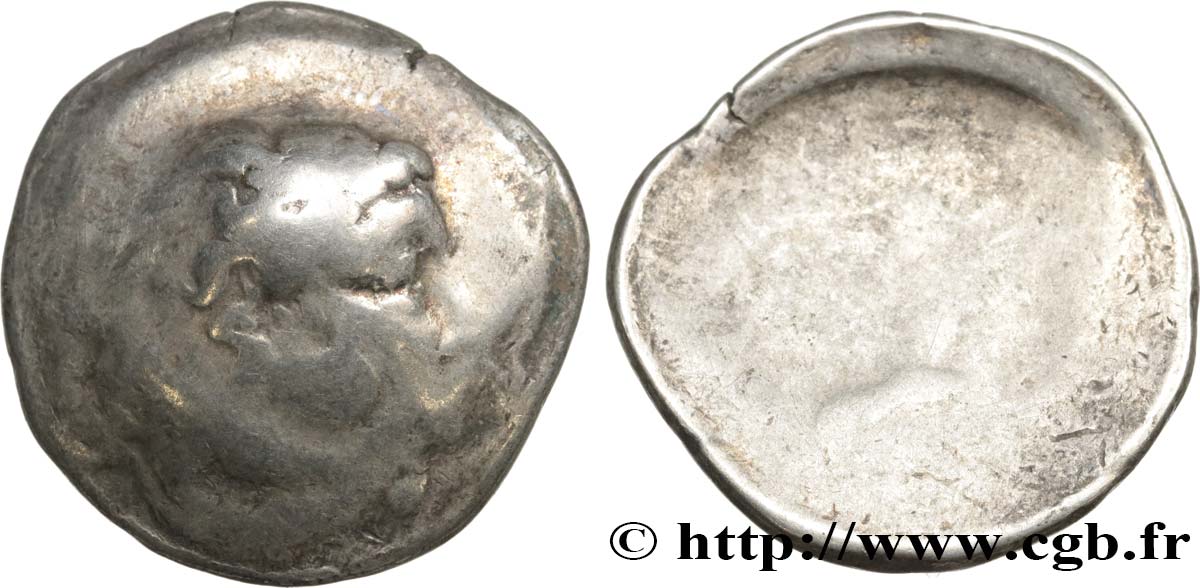
 对产品描述纠错
对产品描述纠错 打印
打印 分享我的选择
分享我的选择 提问
提问 Consign / sell
Consign / sell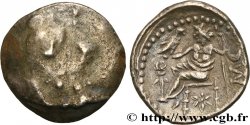
 产品介绍
产品介绍
